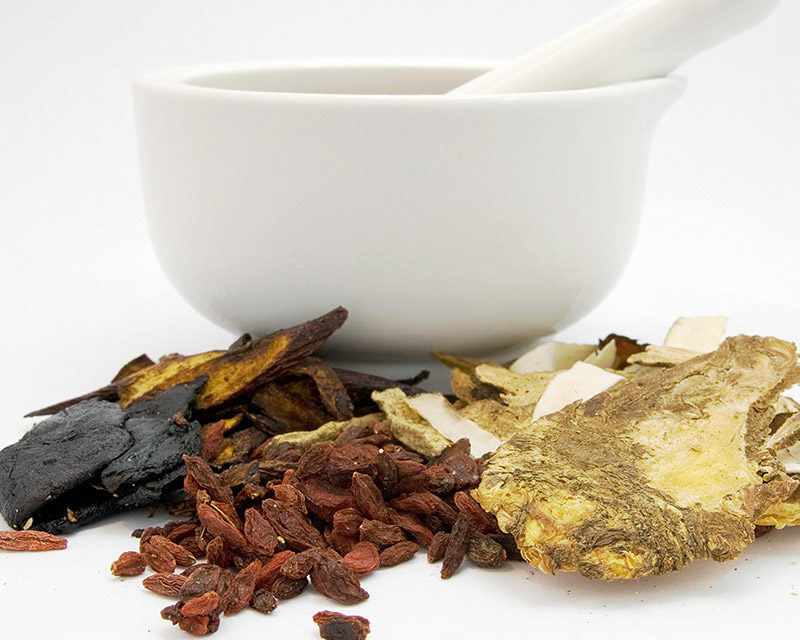Traditional Chinese Medicine

What is Traditional Chinese Medicine?
Traditional Chinese Medicine (TCM) has been helping people alleviate body symptoms for thousands of years. Sometimes called Chinese herbal medicine, and often involving acupuncture and herbal medicine, it is an accumulation of experiences and observation s with nature and the human body which has evolved to become the respected therapy it is today. To discuss how Traditional Chinese Medicine in Calgary can help prevent disease or manage symptoms, book an appointment at Integrative Health Centre for Traditional Chinese Medicine in Calgary and discover how life changing this treatment can be.
Traditional Chinese Medicine in Calgary
The Integrative Health Centre offers a full array of Traditional Chinese Medicine in Calgary, including acupuncture and herbal medicine. Dr. Lynda Smith (TCMD, C.H., R.Ac.) is certified in Traditional Chinese Medicine in Calgary and offers professional and effective treatment of a variety of symptoms and ailments . For more information on how she may be able to help you through Chinese medicine in Calgary, book an appointment today.
Acupuncture and Chinese Herbal Medicine
While some people know about Chinese herbs and acupuncture as mainstays of Traditional Chinese Medicine, Traditional Chinese Medicine actually consists of several effective treatments. Besides acupuncture and Chinese herbal medicine, Traditional Chinese Medicine also consists of diet therapy, moxibustion and tuina. Acupuncture involves the use of small needles on specific points to invoke a natural bodily response and restore the balance of Qi. Qi is the life force that runs throughout the body, and the Chinese medicine in Calgary at our clinic can help to revitalize the Qi thus resolving multiple symptoms. Chinese herbal medicine is used to help the body heal at a faster rate, while diet therapy supports the healing and helps to maintain it over the long term. Moxibustion is a form of heat therapy where the herb mugwort is burned over an area of the body or acupuncture point with the intention of warming it up and increasing circulation. This can be quite beneficial in chronic conditions and even in turning the position of a fetus (when used on point UB67). Tuina is a type of Chinese massage that brings about circulation, releases tension and stimulates the immune system. In China, Tuina practitioners also perform Chiropractic adjustments. From Chinese herbs to acupuncture, our Doctor of Traditional Chinese Medicine can help understand and select the appropriate treatments to help you feel your absolute best .
History of Traditional Chinese Medicine
Hung-Di Nei-Jing (Yellow Emperor's Canon of Internal Medicine) is the first book written about Traditional Chinese Medicine and is the oldest known medical textbook in the world (written between 800 BC and 200BC). Many Traditional Chinese Medicine books have been written over the years, but the Hung-Di Nei-Jing still remains as the true foundations for Traditional Chinese Medicine.
The basis behind Traditional Chinese Medicine is to help prevent disease before it happens, treating symptoms before they progress to something worse. At Integrative Health Clinic, we promote a holistic approach to well-being and will help you to understand and navigate Traditional Chinese Medicine in Calgary.
Terms Used in Chinese Medicine
Qi, the 5 elements, and Yin/Yang are terms commonly used in Traditional Chinese Medicine. If you have any questions, send us a message or book an appointment with a Doctor of Chinese Medicine in Calgary.
Qi
Qi (pronounced ‘chee’) is considered the essential life force of the body. It helps to maintain life activities by moving fluids and blood, protecting the body from invasion of pathogens, and helping to maintain proper organ function.
The Five Elements
The 5 Elements include Wood, Fire, Earth, Metal and Water. Traditional Chinese Medicine maintains that all things in the natural world are derived from these elements. Each organ corresponds with an element, for example: Wood-Liver, Fire-Heart, Earth-Spleen, Metal-Lung, Water-Kidney. When each element or organ can work together and support each other, then problems can’t arise and disease won't prevail. As an example, wood is needed to maintain a fire, but too much wood can cause the flame to rise too high and cause destruction like in a forest fire.
Yin & Yang
Yin and yang are a collective concept that represents the need for a balance of complementary natural forces such as rest and movement, cold and heat, and night and day. It's within this continuous cyclic motion that you find bodily balance and restoration of health. An example of how yin and yang would be used to help diagnose an imbalance: any symptom that happens at night, such as hot flashes, would represent a weakness in yin and too much yang.
